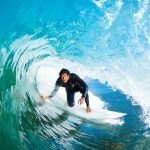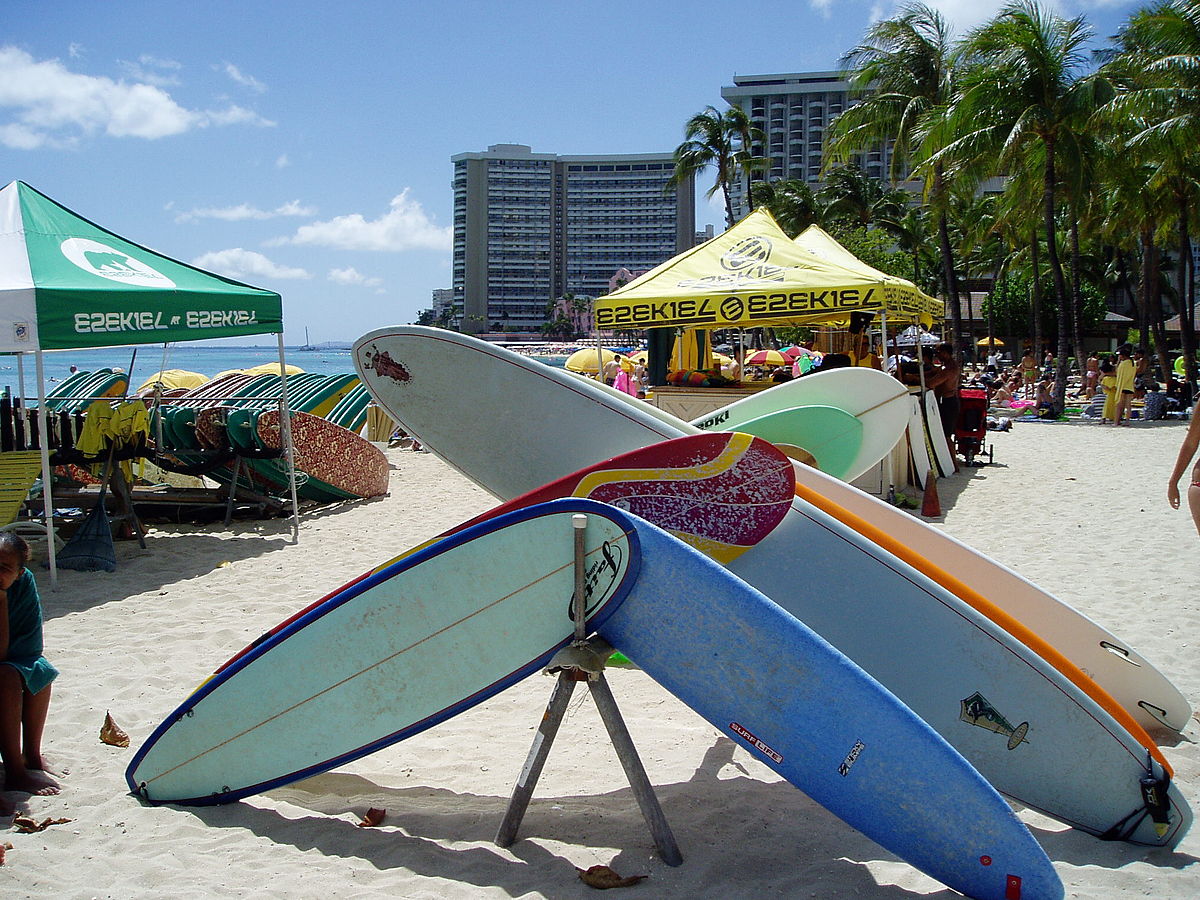If you do not believe the rail type has a great effect on your surfboard performance, recall the old saying: it is a bad carpenter who has a poor saw. While a number of unpracticed surfers are waging a clumsy fight to manage their surfboards, a skilled surfer easily cuts the waves like a cruiser on that very board.
No matter that practiced surfers could use almost any type of surfboard to do their surfing tricks, they are very mindful about their fleet. They prefer to have up to a dozen surfboards in their arsenals to be adequately equipped for any wave conditions.
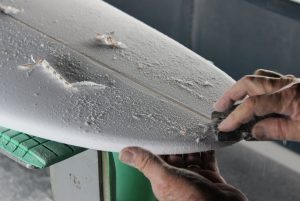 They keep the rule to choose a type of surfboard that fits each certain spot or wave most. The greater part of these surfboards will belong to one of the following groups: fish, short-boards, and step-ups.
They keep the rule to choose a type of surfboard that fits each certain spot or wave most. The greater part of these surfboards will belong to one of the following groups: fish, short-boards, and step-ups.
Rails Construction
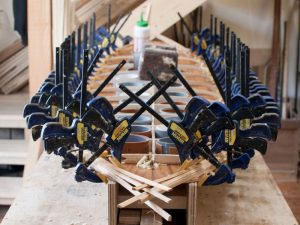 Constructively, rails are an integral part of a surfboard. They form the board sides stretching from the nose to its tail part. In front and rear areas, the types of rails used are quite narrow while they gain thickness towards the central part of the surfboard.
Constructively, rails are an integral part of a surfboard. They form the board sides stretching from the nose to its tail part. In front and rear areas, the types of rails used are quite narrow while they gain thickness towards the central part of the surfboard.
There are many various opinions as to which type is more appropriate in this or that wave situation but exactly saying, this element can be either soft or rigid. Soft types are gently curved and they do not have rigid ribs.
Their transition into the bottom of a surfboard is very gradual. A hard-type or the so-called down-sloped rail has a somewhat squarer shape. Its slope is so steep that it may meet the bottom of the surfboard at an angle forming the edge.
Performance
 The standard short-boards perform better if they are equipped with the rigid type of rails. They easily cut wave ridges and help the surfboard to float speedier and perform quicker turns. It is the rigidity, particularly in the rear part, that makes the flow swash off the rail rapidly, improving performance and increasing speed.
The standard short-boards perform better if they are equipped with the rigid type of rails. They easily cut wave ridges and help the surfboard to float speedier and perform quicker turns. It is the rigidity, particularly in the rear part, that makes the flow swash off the rail rapidly, improving performance and increasing speed.
This type is good for gliding along high straight down types of wave walls. Due to its rigidity, the surfboard keeps tight hold in the water and would not fly out even at a greater speed. But should you wish to make an abrupt turn around your axis, the rigid type of would not let you do it easily.
The way out has been found in the thickness. Constructively, a short-board is to be thicker and the rail softer in its central part which carries the surfer. Simultaneously, towards the nose and tail parts, the rail becomes thinner and more rigid to provide maneuverability and speed.

The soft rail does not demand the utmost concentration from a surfer, and he is not at the risk of catching an edge at any moment and stuck in sloppy waves. The con is that they develop a strong drag. In a higher surf, it is far from easy to turn the surfboard steep on the rail.
It is the soft type only that may enable a rider to turn the surfboard right on the spot using the fin. The thicker and softer the rails are, the easier it is to paddle the surfboard and keep the speed constant among waves. The thick types of rails are unwilling to submerge.
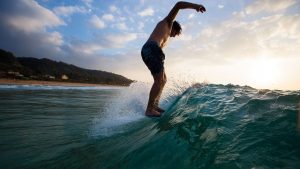
This in-between version possesses the advantageous features of hard and soft rail types minimizing the drawbacks of both. An average rail provides the surfer with as much speed as he wishes in a straight down wave while he is free to skillfully control the fin in a sloppier wave.
An average type makes the ride steady enough while enabling the surfer to perform pinpoint turns. Average rails that are most generally used are the so-called “tucked under edge”. This is the type of surfboard that makes your ride steady and stress-free.


